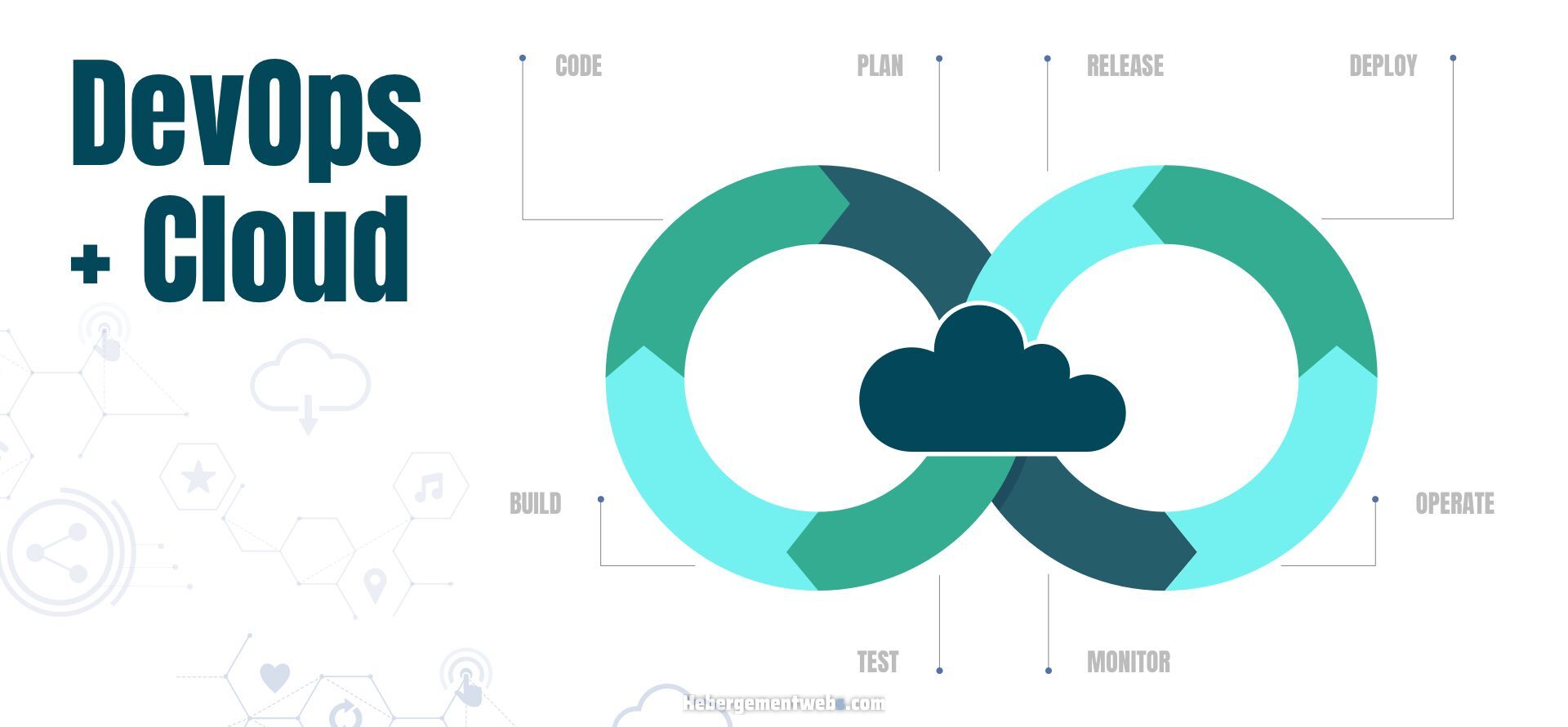In the last five years, we have witnessed the evolution of DevOps and information technology at a large scale. In the entire digital domain, technological innovations started by the fourth industrial revolution are gaining utmost importance. Cloud DevOps operations are constantly merging with such technological innovations and are paving the way for modern research and development in the field. In this article, we analyze the most important DevOps trends for 2021
DevSecOps
Modern organizations are adopting the latest cloud-based technologies in the present times. In such a scenario, privacy and security are two important factors that determine the full-fledged adoption of these technologies. When it comes to security aspects of IT operations, data-sensitive startups are particularly cautious. There are also concerns raised by some tech giants. To address all these concerns, the integration of security into the development and operations team is a critical necessity. A report by International Data Corporation shows that there would be an increase of more than one-fourth of the companies adopting cloud-based services if the security aspects are boosted considerably.
AIOps
In the age of the fourth Industrial Revolution, the adoption of Artificial Intelligence and machine learning has led to rapid automation of its operations. This has changed the nature of the way we carry out our DevOps processes. A report by Statista notes that about 50% of the DevOps teams will integrate the tools of artificial and machine intelligence in their methodologies. This trend of integration of artificial intelligence systems with cloud DevOps is what we call AIOps. This trend can not only speed up and automate IT operations but also accentuate our business automation to quite some extent.
Infrastructure automation
With the extension of automation, the need for more and more infrastructure is a gradual consequence. This calls for the automation of IT management and operations so that our intelligent systems become more efficient and reliable. As per the present trend, it is expected that by the end of this decade, companies will replace their custom setups and deploy infrastructure automation in a holistic manner.
Chaos engineering: Building resilient systems that can withstand spontaneous events
Chaos engineering is related to research on different kinds of software that aid in production processes for building resilient systems that can withstand spontaneous events. Such events are unexpected and may not be programmed earlier. In this way, chaos engineering provides a testing platform for the self-learning of software systems. A report by Gartner predicts that more than one-fourth of the organizations will adopt various aspects of chaos engineering in Cloud DevOps by 2025. This is expected to bring them a lot of benefits while simultaneously preparing these organizations for a future digital wave.
Design thinking
By the end of 2021, companies are also expected to rely more on design thinking and predictive analytics when it comes to DevOps. Design thinking will have multiple advantages like innovation and experimentation apart from testing new types of products and systems. In one word, design thinking will provide a parallel testing bed for scaling operations and conceiving new products.
Infrastructure as Code
The process of managing infrastructure services related to Information Technology using configuration files is popularly known as infrastructure as code. Infrastructure as code is becoming an extremely popular technology for software engineers as it provides them a lot of consistency in deployment operations. Apart from improving efficiency, infrastructure as Code also helps in rapid recovery. Since this process helps in reducing downtime, more and more companies are expected to adopt this trend in the future.
Serverless architecture
The adoption of serverless architecture will become one of the most noted trends of the 21st century. This will not only enable serverless computing but will also do away with the need for physical hardware. This will lead to the minimization of expenditure as a lot of companies will take to cloud services. This will also enable the companies to prioritize those services which they use the most.
Concluding remarks and prospects
Some of the next-generation technologies like migration to microservices are likely to be witnessed in the next decade. This will allow various business enterprises to move to the cloud in a hassle-free manner. Apart from this, the reliance of organizations on edge computing is expected to increase given the faster results associated with it. Finally, the last emerging trend would be the further implementation of Kubernetes with the help of DevOps.

